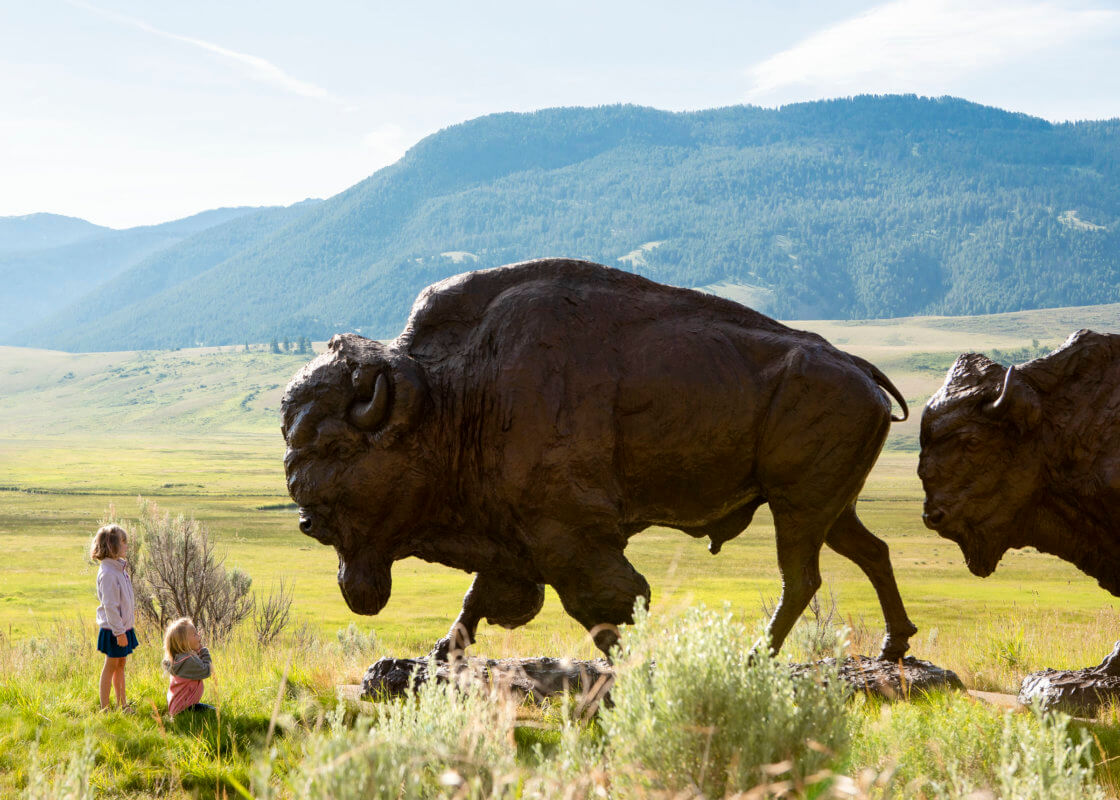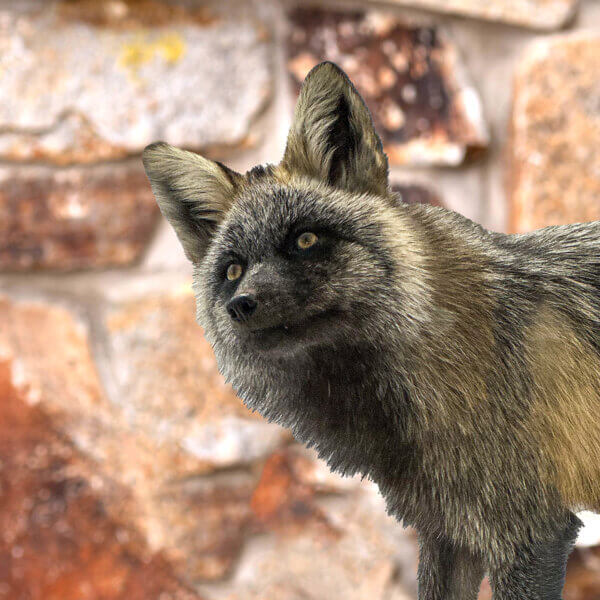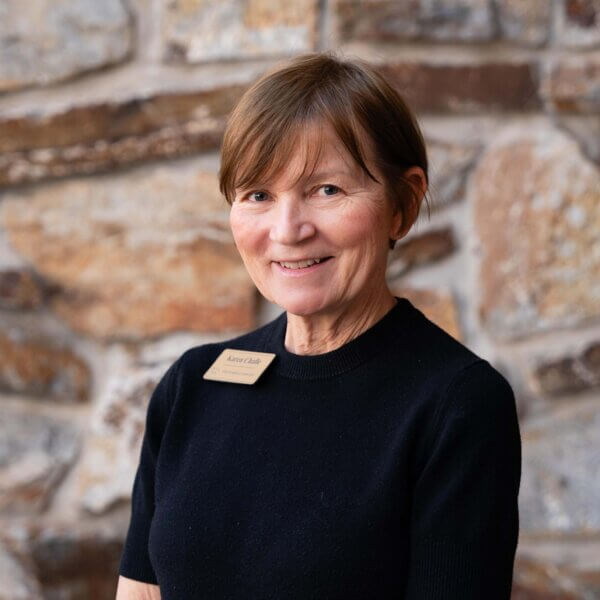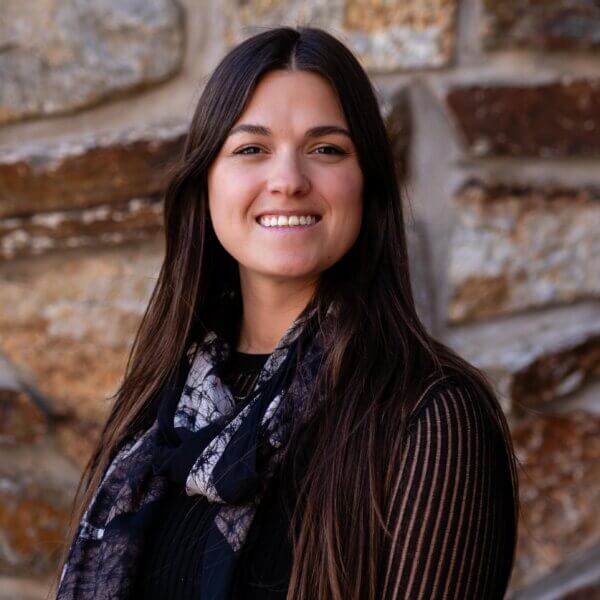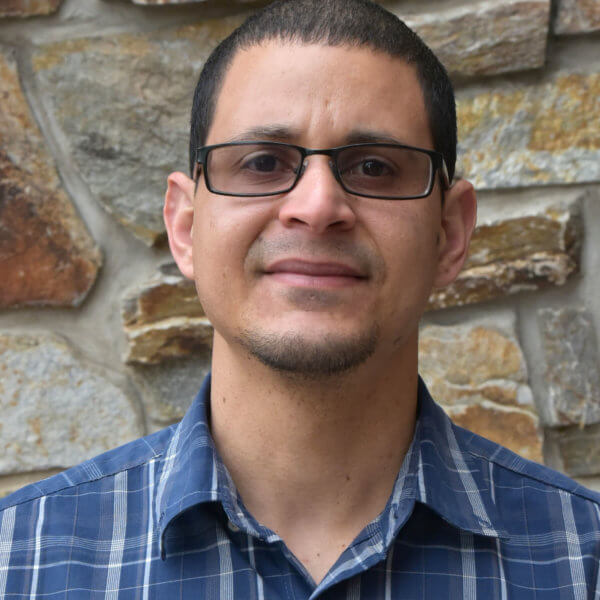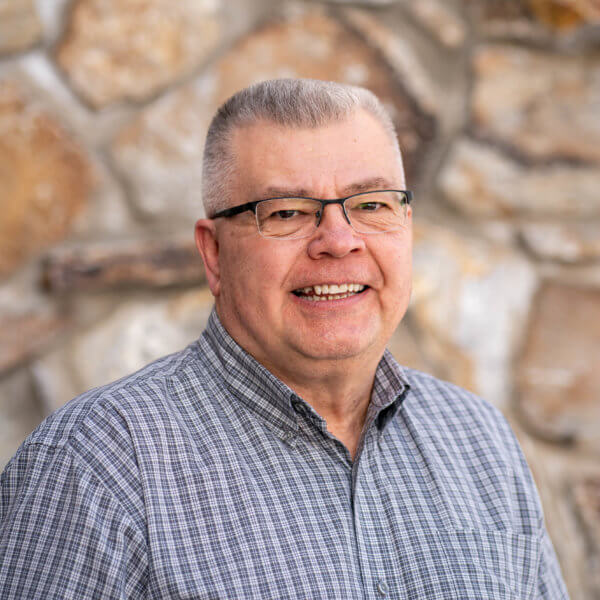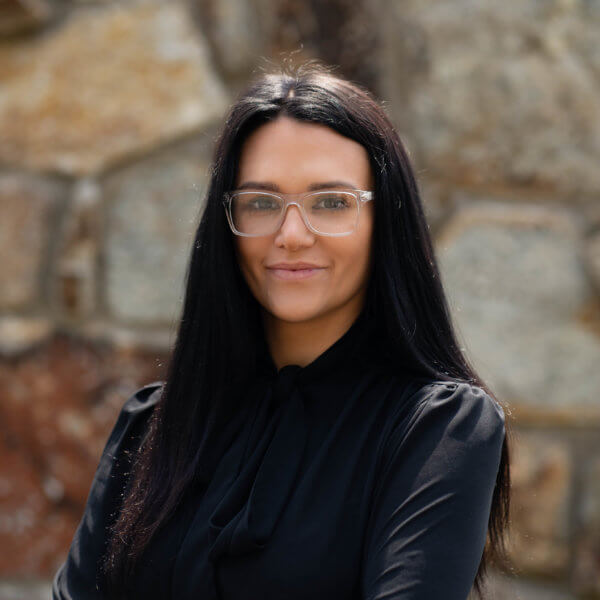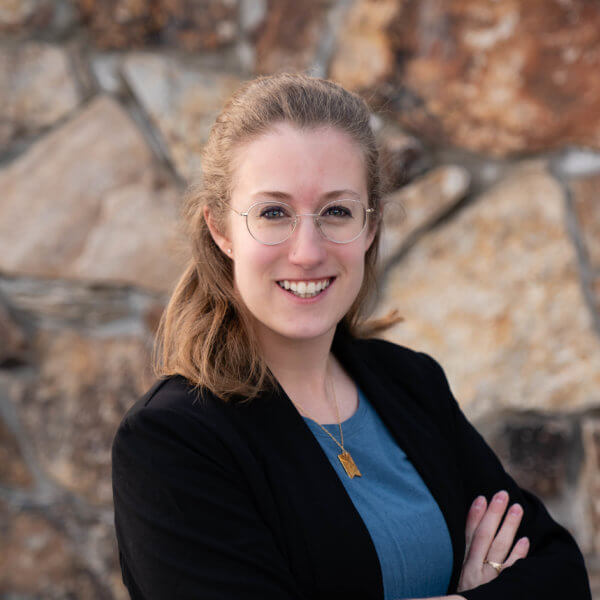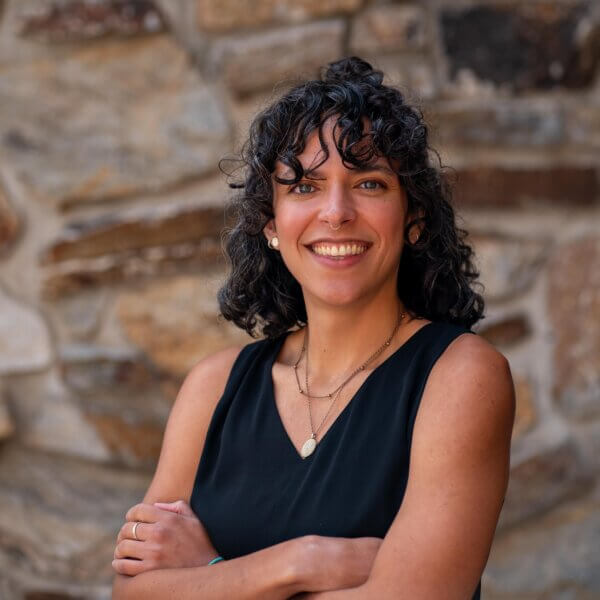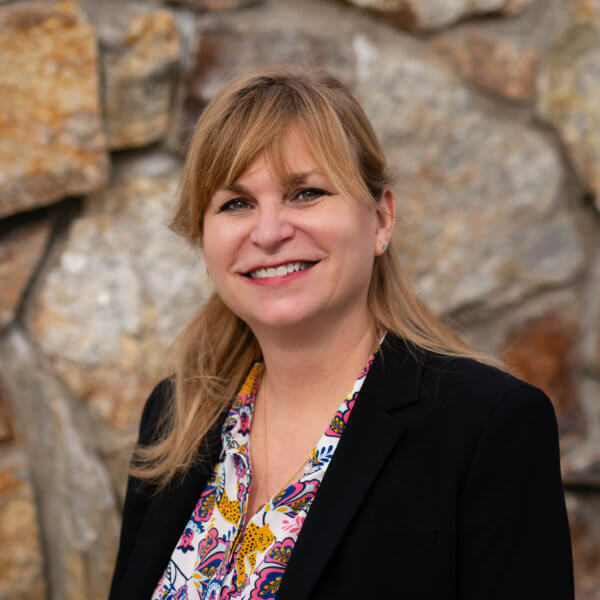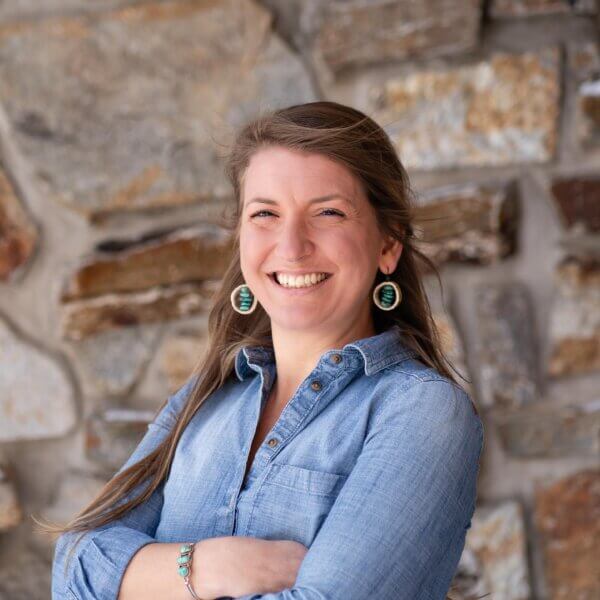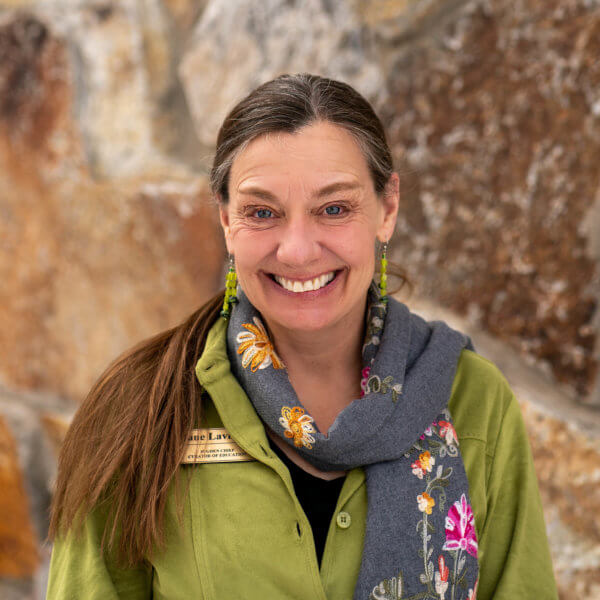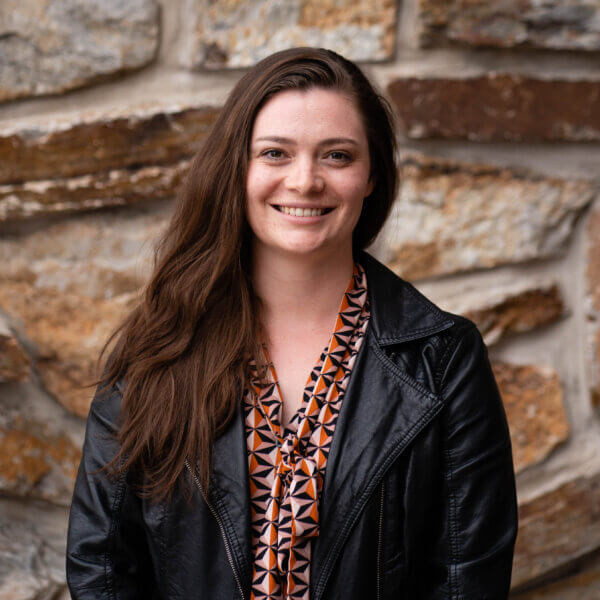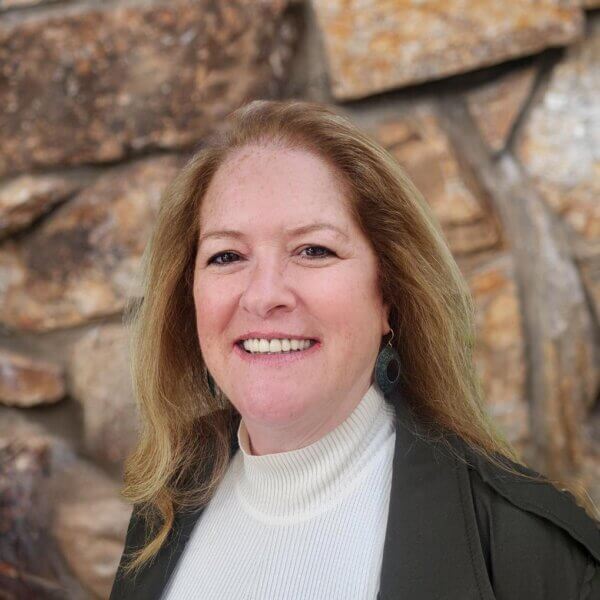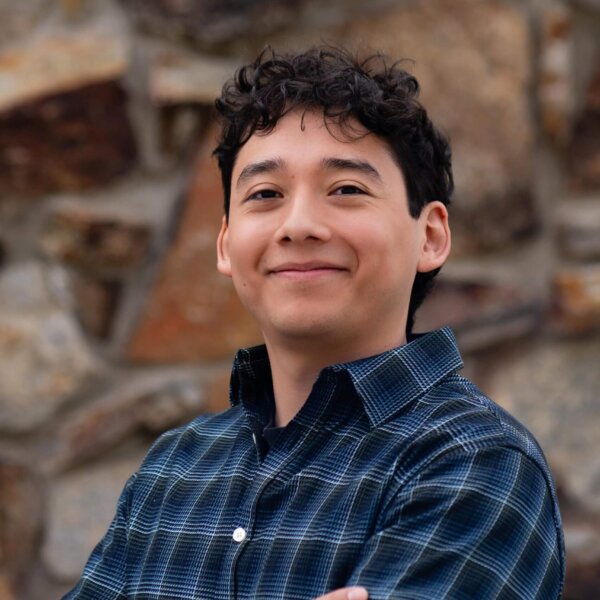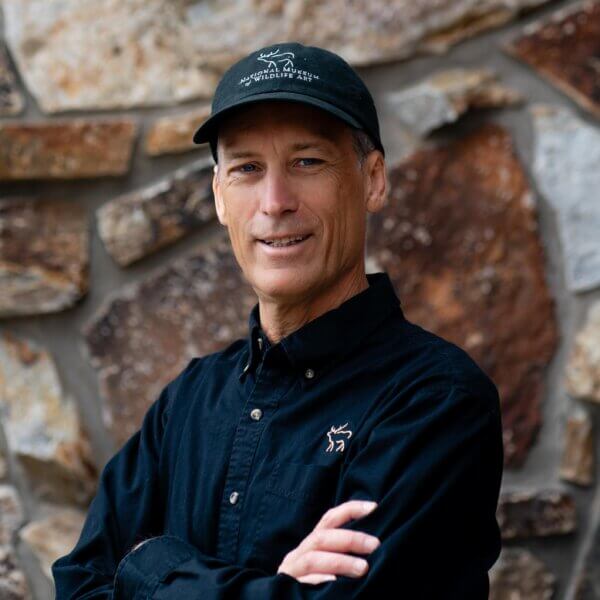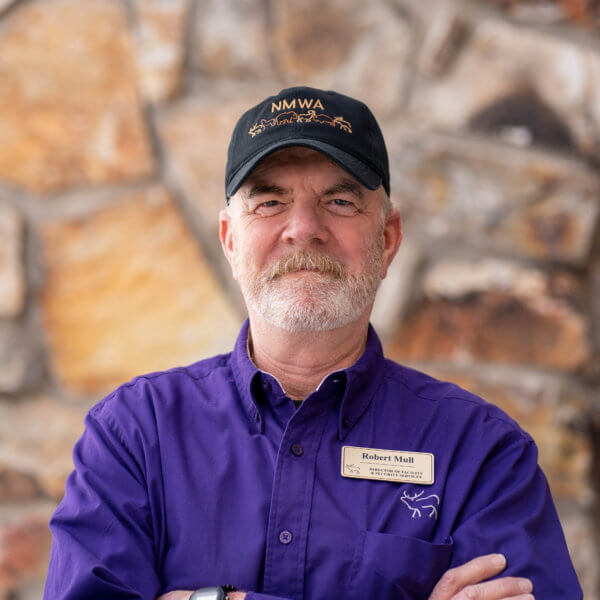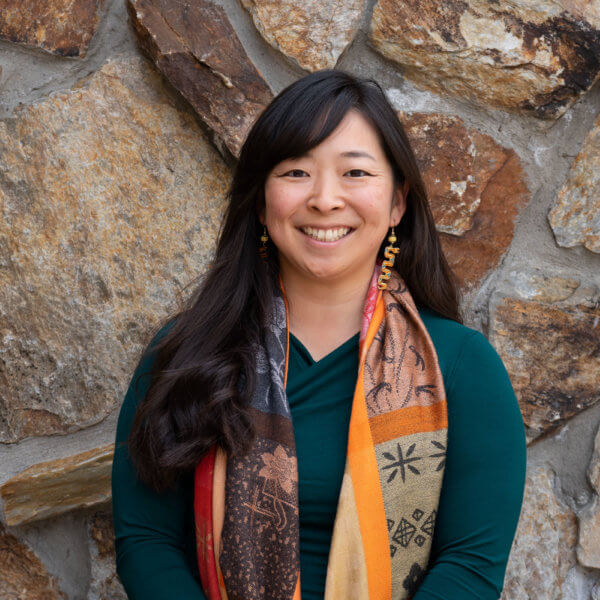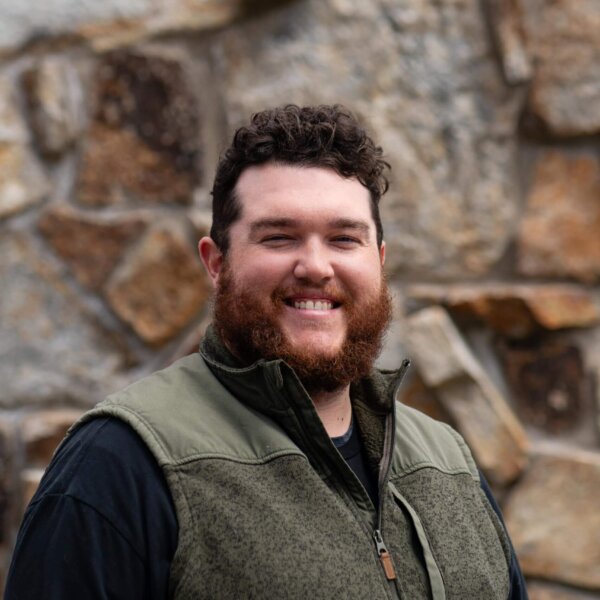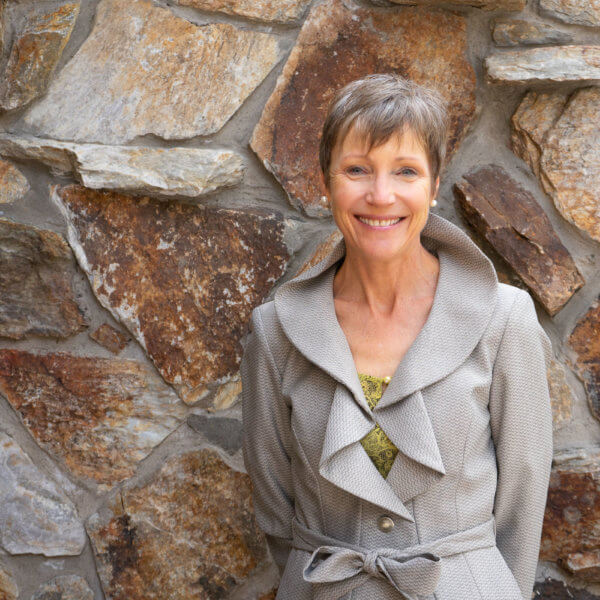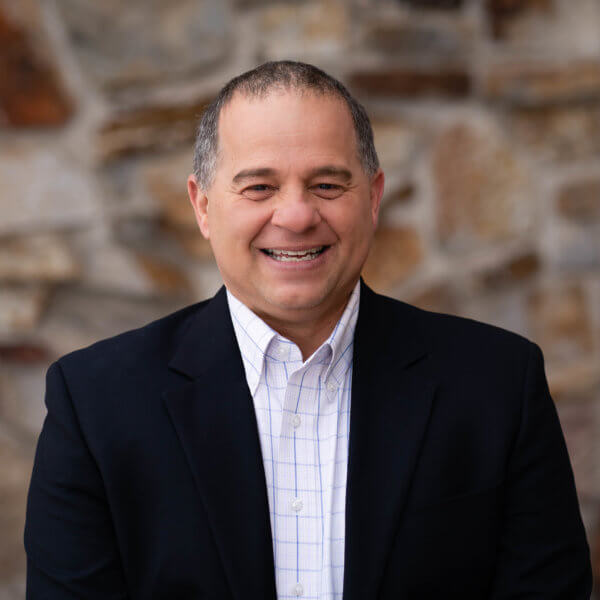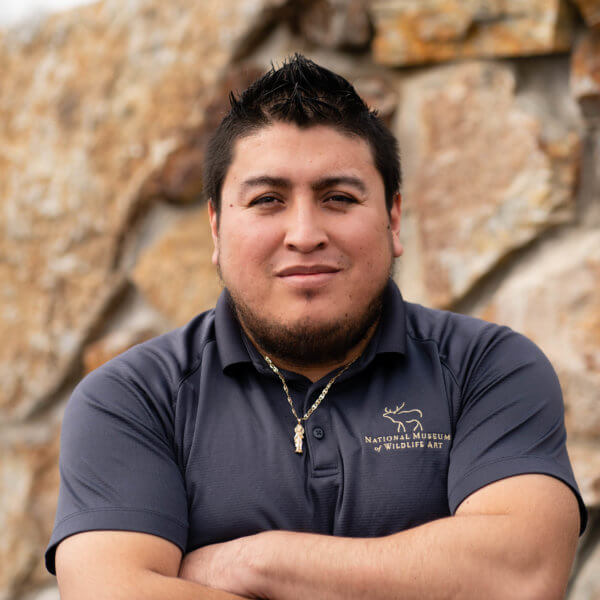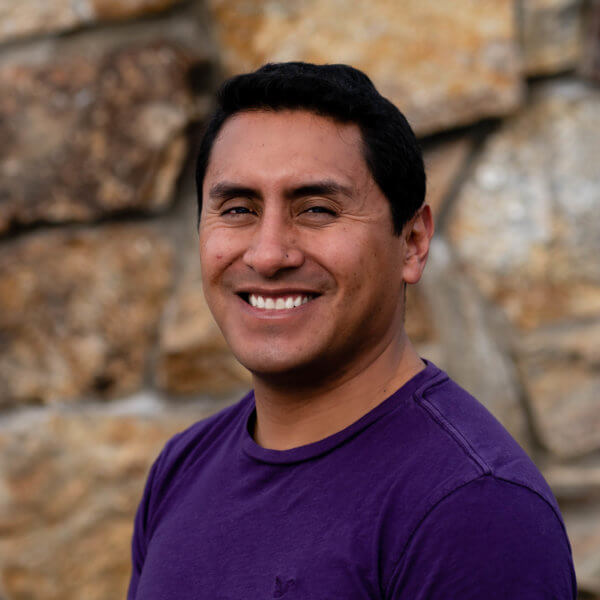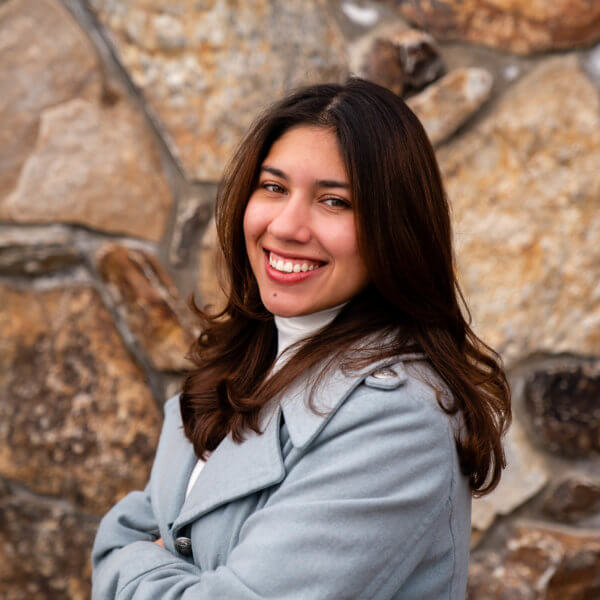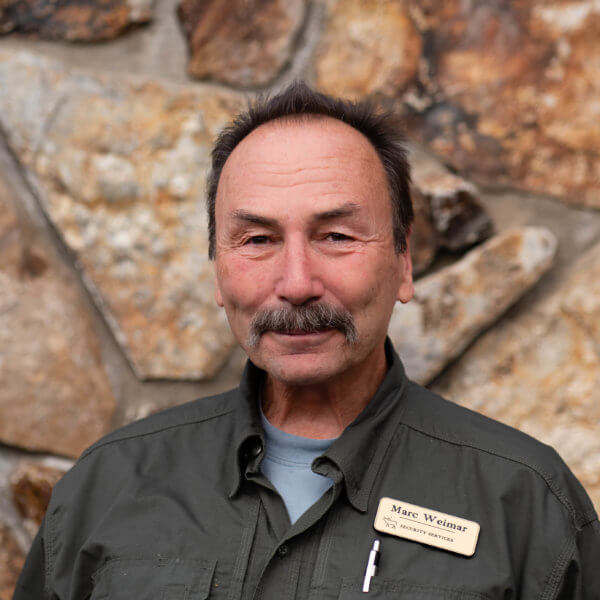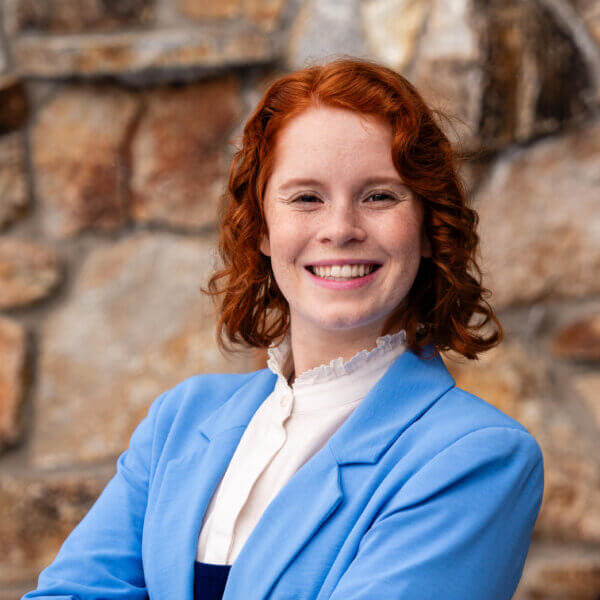Welcome to the National Museum of Wildlife Art
The National Museum of Wildlife Art, founded in 1987, is a Jackson Hole museum holding more than 5,000 artworks representing wild animals from around the world. Featuring work by prominent artists such as Georgia O’Keeffe, Andy Warhol, Robert Kuhn, John James Audubon, and Carl Rungius, the Museum’s unsurpassed permanent collection chronicles much of the history of wildlife in art from 2500 B.C.E. to the present.
Built into a hillside overlooking the National Elk Refuge, the Museum received the designation “National Museum of Wildlife Art of the United States” by order of Congress in 2008. Boasting a museum shop, interactive children’s gallery, Palate restaurant, and outdoor Sculpture Trail, the Museum is only two-and-a-half miles north of Jackson Town Square, and two miles from the gateway of Grand Teton National Park.
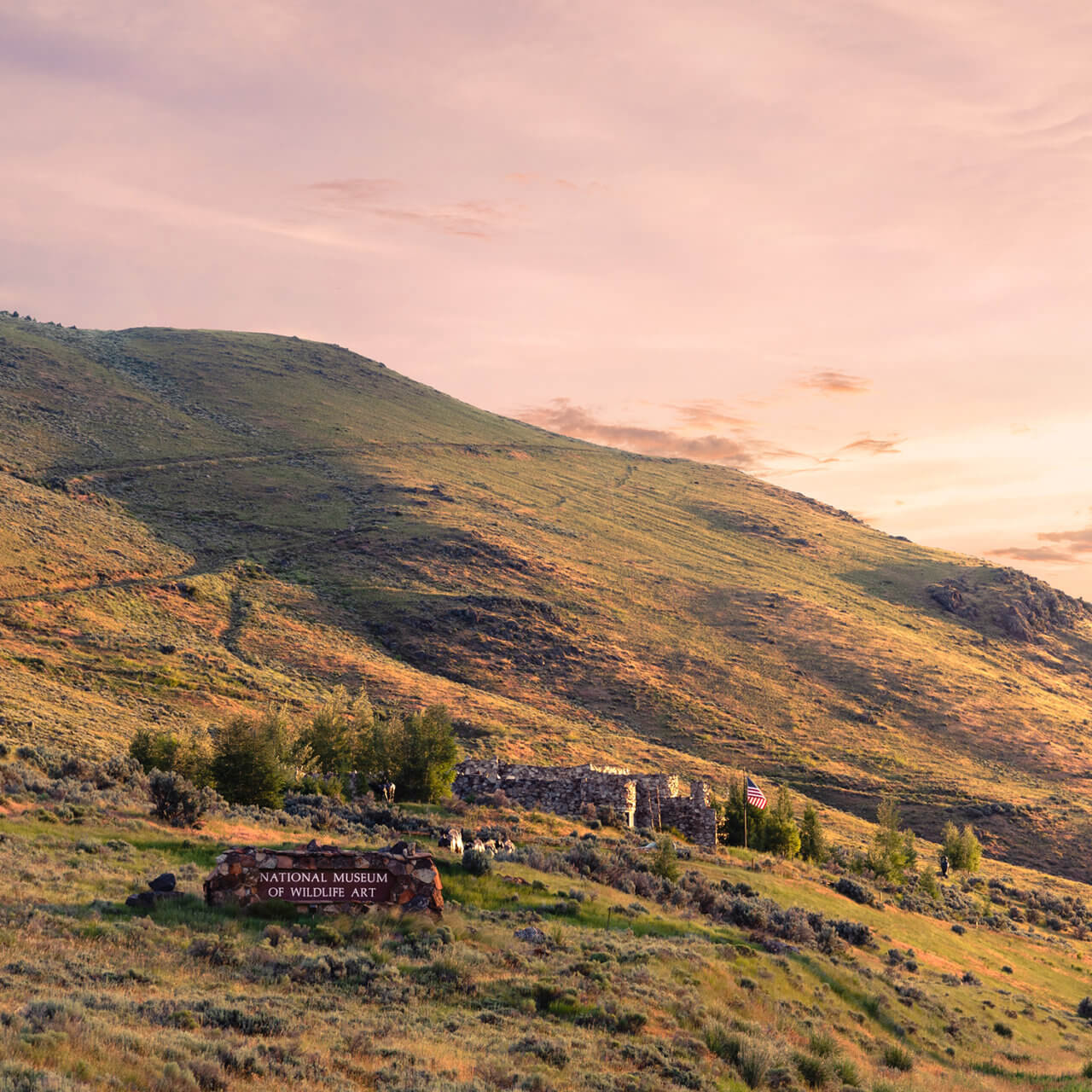
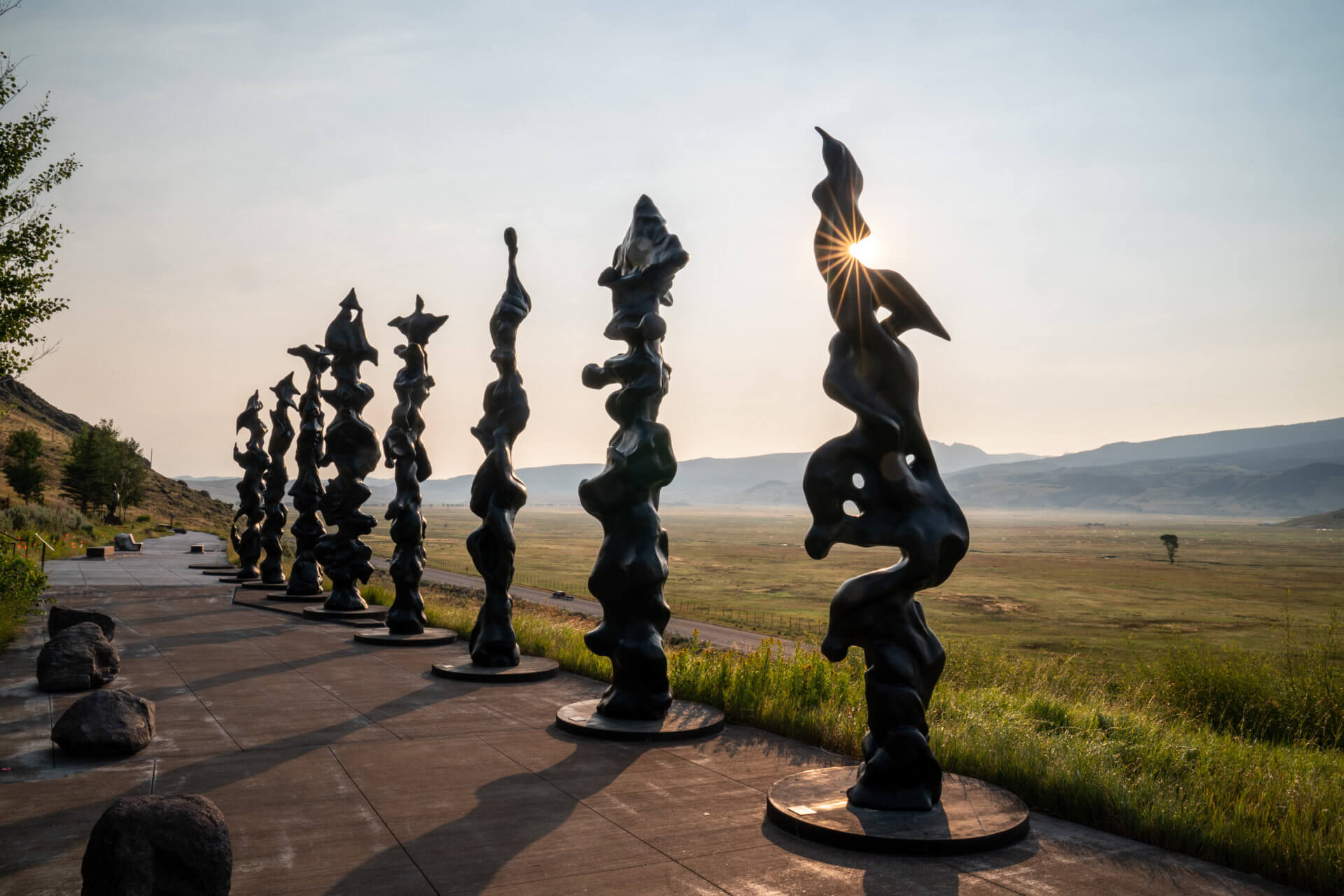
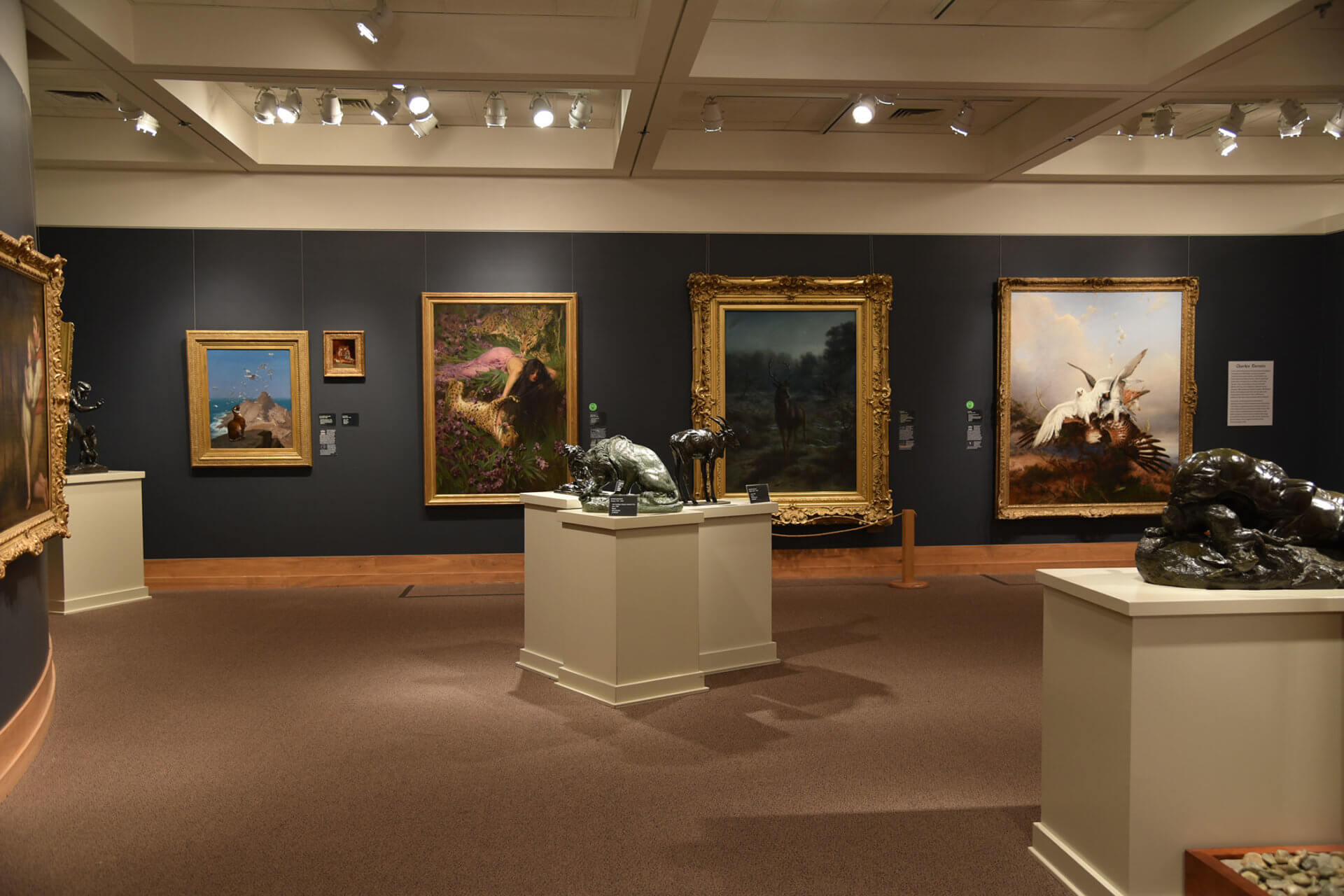
- 1
Our Mission
Impart knowledge and generate wonder through art and education.
Our Vision
Inspire connections with wildlife and nature.
Our Values
Integrity, Excellence, Collaboration, Transparency, Accountability, Financial Responsibility
We acknowledge that the Museum is located on the ancestral land of the Shoshone-Bannock and Eastern Shoshone peoples—with many others having historic ties to the region. Please join us in acknowledging these Indigenous communities, their elders both past and present, as well as future generations. The Museum is committed to amplifying Native voices and increasing representation in our permanent collection.
A rich history in our Jackson Hole community
Our history began in 1984, when 10 founding trustees chose the area, with its abundant wildlife, beautiful mountain setting, and high tourism, as a unique and appropriate setting for an art museum focused on images of wildlife. The original museum opened as Wildlife of the American West Art Museum on May 16, 1987 on Jackson’s Town Square.
By 1992, the National Museum of Wildlife Art had outgrown its three-gallery, 5,000 square-foot storefront. A capital campaign was launched to raise $10 million for a new facility and $2 million for an operating endowment. In September 1994, the Museum began a new chapter in its Jackson Hole history when it opened its new facility – a 51,000 square-foot state-of-the-art building that allowed for expanded exhibition space, museum programs, and educational programming.

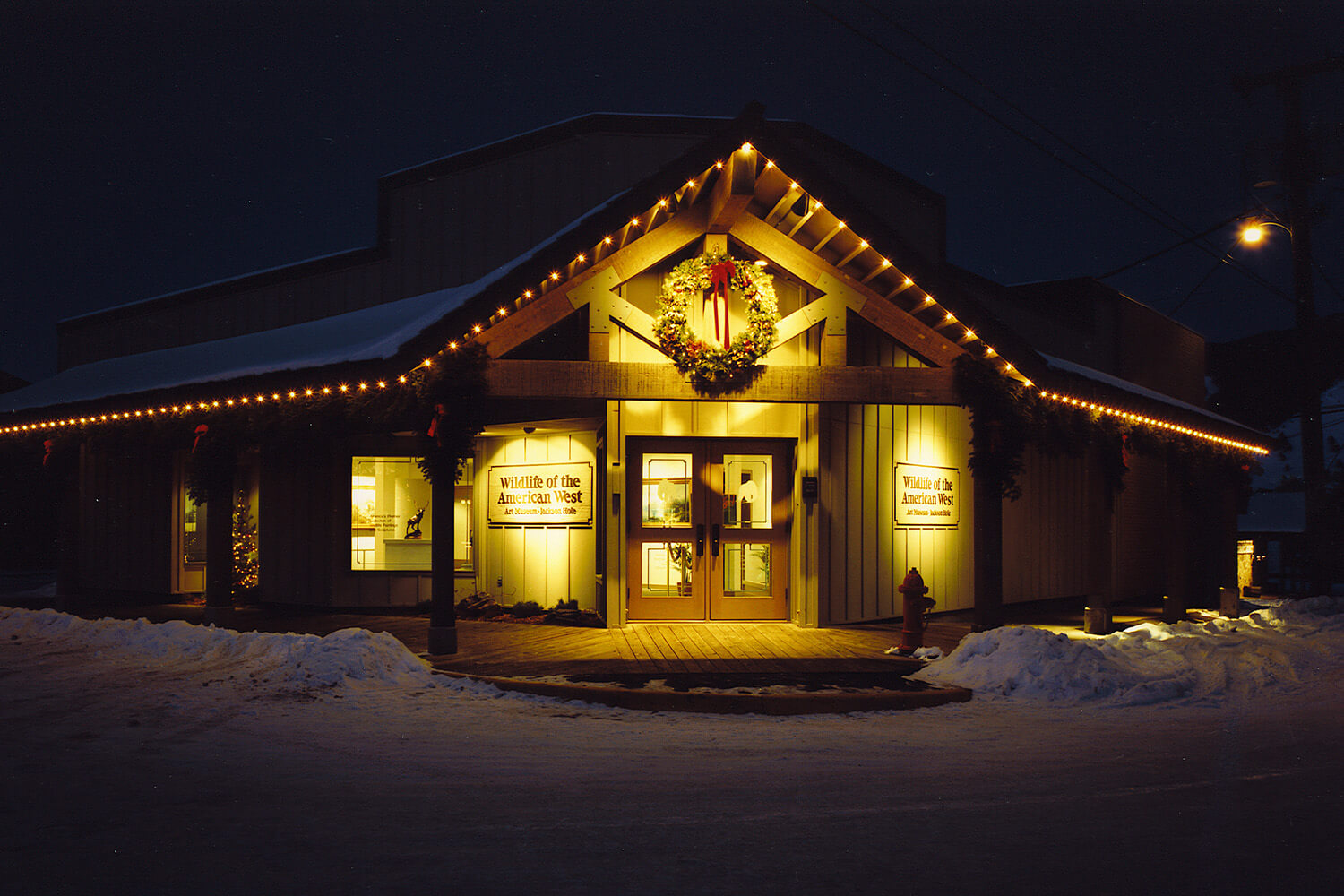
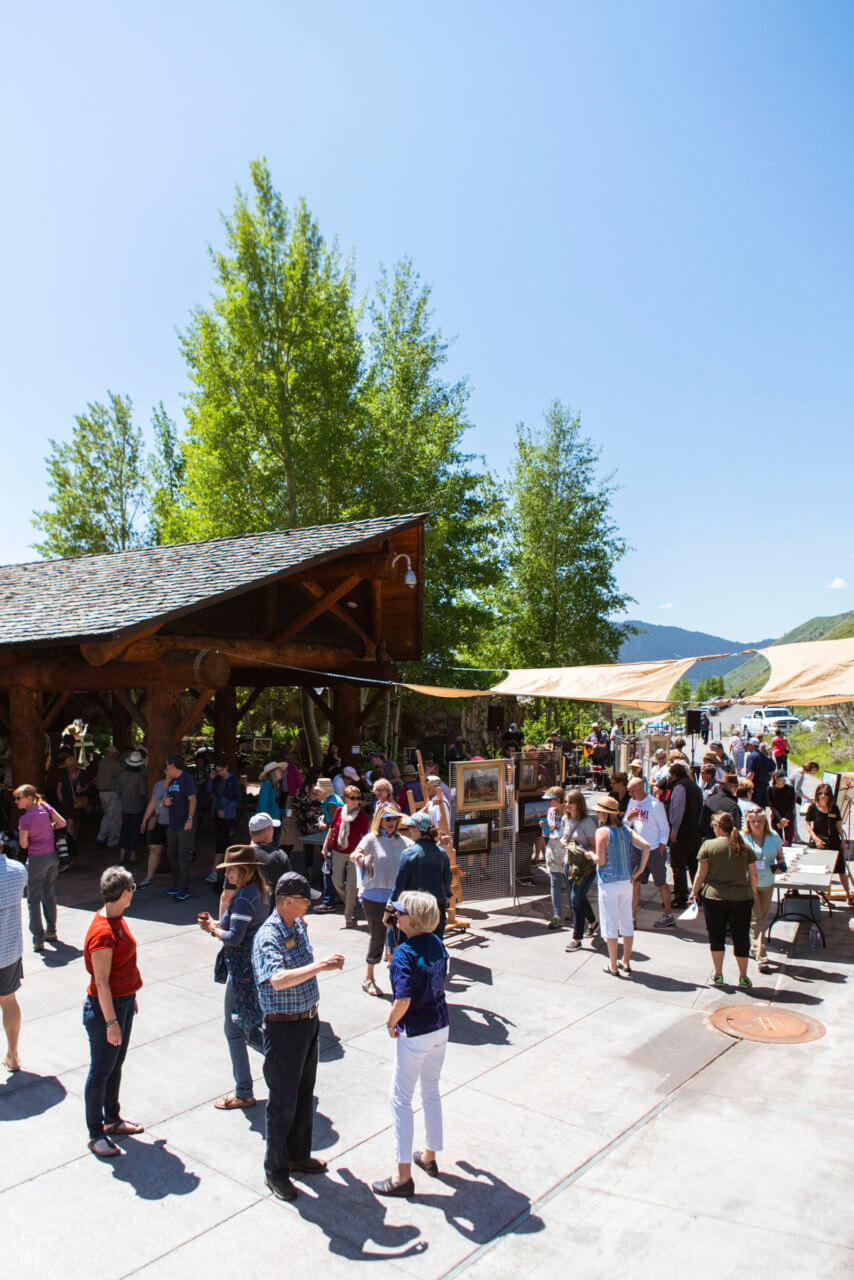

Representing the culmination of a lifetime of study and collection of wildlife art by Joffa and Bill Kerr who, over a 30-year period, developed a collection of wildlife art unsurpassed in the United States, the Museum is comprised of 14 distinctive galleries, Sculpture Trail, Museum Shop, Children’s Discovery Gallery, Library, and administrative space.
The Museum’s permanent collection of over 5,000 cataloged items includes paintings, sculpture, and works on paper by over 100 distinguished artists ranging from early American Tribes through contemporary masters. The Museum’s permanent and temporary exhibitions are augmented with innovative educational and scholarly programs emphasizing art appreciation, art history, natural science, creative writing, and American history.
The Museum has become an important educational center and meeting place for the region and for those interested in Jackson Hole history. In 1994, the National Museum of Wildlife Art received the Wyoming Humanities Award for exemplary efforts in fostering the humanities in Wyoming. In 2008 the Museum received designation as the “National Museum of Wildlife Art of the United States” by order of Congress, and in 2012 the new three-quarter-mile Sculpture Trail designed by award-winning landscape architect, Walter Hood was completed. More than 65,000 people visit every year, and over 3,000 children take part in our school tour program each year.
The museum blends seamlessly into the terrain, reflecting Jackson’s natural beauty.
The Building
Our Museum architecture is an artful complement to our exhibits. Situated on a dramatic cliff overlooking the National Elk Refuge, the National Museum of Wildlife Art appears to emerge from the earth like a natural outcropping of rock. The Museum’s location provides a rare opportunity to view wildlife in its natural habitat, as does the artwork that pays tribute to it.


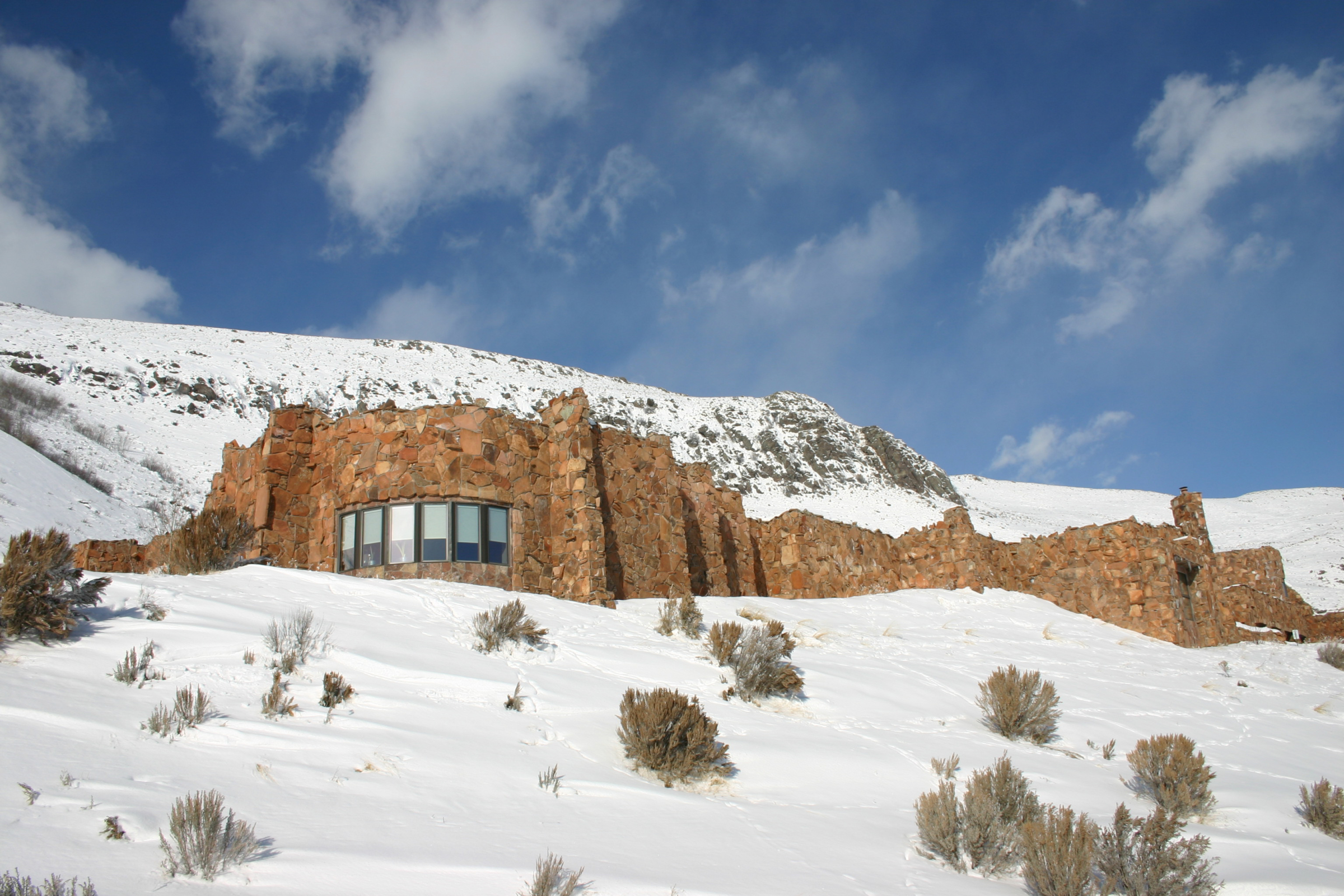
Designed by C.W. Fentress, J.H. Bradburn and Associates of Denver, Colorado and constructed of Idaho Quartzite, the Museum architecture was inspired by the ruins of Slains Castle in Aberdeenshire, Scotland. The structure blends seamlessly into the native terrain of Jackson, Wyoming, and reflects the area’s natural beauty. The resulting 51,000 square-foot building is original, contextually relevant, and timeless.
- 1
- 2
- 3
Sculpture Trail
The Sculpture Trail designed by award-winning landscape architect, Walter Hood, is the Museum’s newest outdoor art venue. Hood’s three-quarter-mile design places sculpture against a striking Gros Ventre Mountain Range backdrop, overlooking the National Elk Refuge and includes a naturally sheltered amphitheater near the Museum entrance for programs and presentations. Over time the Trail will feature over thirty permanent and temporary works of art beautifully integrated into the landscape.
The Trail branches into several meandering footpaths with bridges and staircases giving access to new vantage points and views across our hillside terrain. For easy biker and hiker access, the Sculpture Trail connects (via an underpass) to the recently constructed Jackson-to-Grand Teton National Park pathway.
- 1
NMWA holds the largest collection of work by Rungius in the United States and he plays a key part in Museum exhibits and programs.
Carl Rungius (American, born Germany, 1869-1959) is widely regarded as North America’s premier wildlife painter. Working primarily in the Rocky Mountains in Wyoming and Alberta, Canada he spent every summer painting and sketching in the high country and every winter in New York City, creating finished canvases that celebrate the outdoors, nature, and wildlife. The National Museum of Wildlife Art holds the largest collection of Rungius’s work in the United States and is launching this major, multi-year project, which will culminate in a published Rungius Masterworks book, touring exhibition, and online resource: The Carl Rungius Catalogue Raisonné.
Staff Directory
Board of Trustees & Officers
- Chair
Lindy Sayers - Vice Chair
Carol Linton - Treasurer
Avi Kantor - Secretary
Jill Larson - Museum Director
Steve Seamons
Trustees
- Barbara Carlsberg
- Barbara Casey
- Tasso Coin
- Chris Coulter
- Lori Faversham
- Randy Foutch
- Jeff Gilbert
- Gigi Halloran
- Mary Jane Hunt
- Des Jennings
- Karla Keller
- Macye Maher
- Chuck Nelson
- Pam Niner
- Sally Painter
- Laurent Roux
- Peter Safir
- Sue Simpson Gallagher
- Caroline Taylor
- Marcia Taylor
Trustee Emeriti
- Mary Barnes
- Howell Breedlove
- Stephanie Brennan
- Roger Craton
- Lynn Friess
- Jack Fritz
- Richard P. Johnston
- Adrienne Mars
- Julie Obering
- Debbie Petersen
- Maggie Scarlett
- Suzanne Young
Life Trustees
- Bob Jaycox
- Bob McCloy
- Charlie Mechem
Thanks to your dedication, the National Museum of Wildlife Art has been the premier museum of wildlife art in the United States for over 30 years. On behalf of the board and staff, we thank you for your generosity and commitment to this valuable resource.
Funding
The National Museum of Wildlife Art is primarily funded through contributions from individuals, foundations, corporations, and income endowments.
Non-profit Status
The U.S. Treasury Department, Internal Revenue Service, has determined that the National Museum of Wildlife Art is a 501(c)(3) charitable organization. The Museum’s federal tax ID is 74-2431071.
Health Insurance
This link leads to the machine-readable files that are made available in response to the federal Transparency in Coverage Rule and include negotiated service rates and out-of-network allowed amounts between health plans and health care providers. The machine-readable files are formatted to allow researchers, regulators and application developers to more easily access and analyze data.


